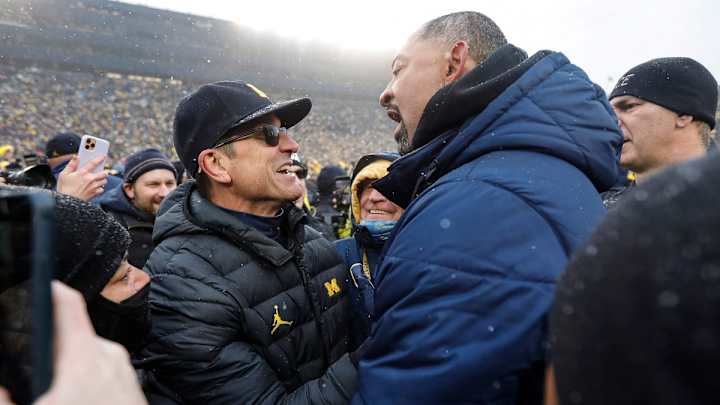Where's The Collective?

If you follow members of the Michigan Football program on social media, you likely noticed that most of them spent the last week promoting a new NIL initiative that went live on Tuesday.
In a nutshell, the new initiative - called the Ann Arbor NIL Club - asks fans to join by making a monthly contribution with a minimum commitment of five dollars each month. In exchange for their monthly contribution, fans are promised exclusive content generated by the players themselves - including online meet-and-greet opportunities.
With a stated monthly goal of $50,000, YOKE - the company running AANC - says that all of the proceeds will be divided evenly among all participating student athletes at the end of each month. As it currently stands, the AANC website states that there are over 115 football players at the University of Michigan currently participating.
For hypothetical purposes, let's assume that 115 members of the U-M football team are participating in the AANC and that they reach their goal of $50,000 each month. That would mean that each U-M Football player would be getting roughly $450 each month as a result. Except that isn't exactly how it works, because YOKE also takes 18 percent as a fee for running the platform - so that $450 per player now becomes $350, while YOKE pockets $9,000 of the $50,000.
Don't get me wrong, I was once a college student and understand the value of having an extra $350 at that point in my life. On the flip side, that isn't the type of money that is going to move the needle on the recruiting trail - particularly when you're competing against programs that are discussing six and seven-figure deals for individual players.
Though some have suggested the AANC could open the door to larger donations that could make a significant impact, I struggle to see a scenario where a wealthy (and well-connected) donor would be okay with giving 18 percent to a third party company.
The reality is that, in order for the University of Michigan to make a significant difference when it comes to NIL, a legitimate collective is needed. Just in case you're not fully up to speed on how collectives work, here's a short example below via On3.com:
Often founded by prominent alumni and influential supporters, school-specific collectives pool funds from a wide swath of donors to help create NIL opportunities for student-athletes through an array of activities.
Collectives, which are independent of a university, can serve a variety of purposes. Most often, they pool funds from boosters and businesses, help facilitate NIL deals for athletes and also create their own ways for athletes to monetize their brands. The term “collective,” which generally means a cooperative enterprise, has no particular legal significance.
Over the course of the last year, collectives have popped up all over the country and have accounted for millions of dollars in secured NIL deals for student athletes. Astonishingly, that doesn't seem to be the case in Ann Arbor at the University of Michigan - at least not yet.
Don't believe me? Here's Michigan head basketball coach Juwan Howard sharing his thoughts on collectives and NIL at the University of Michigan:
